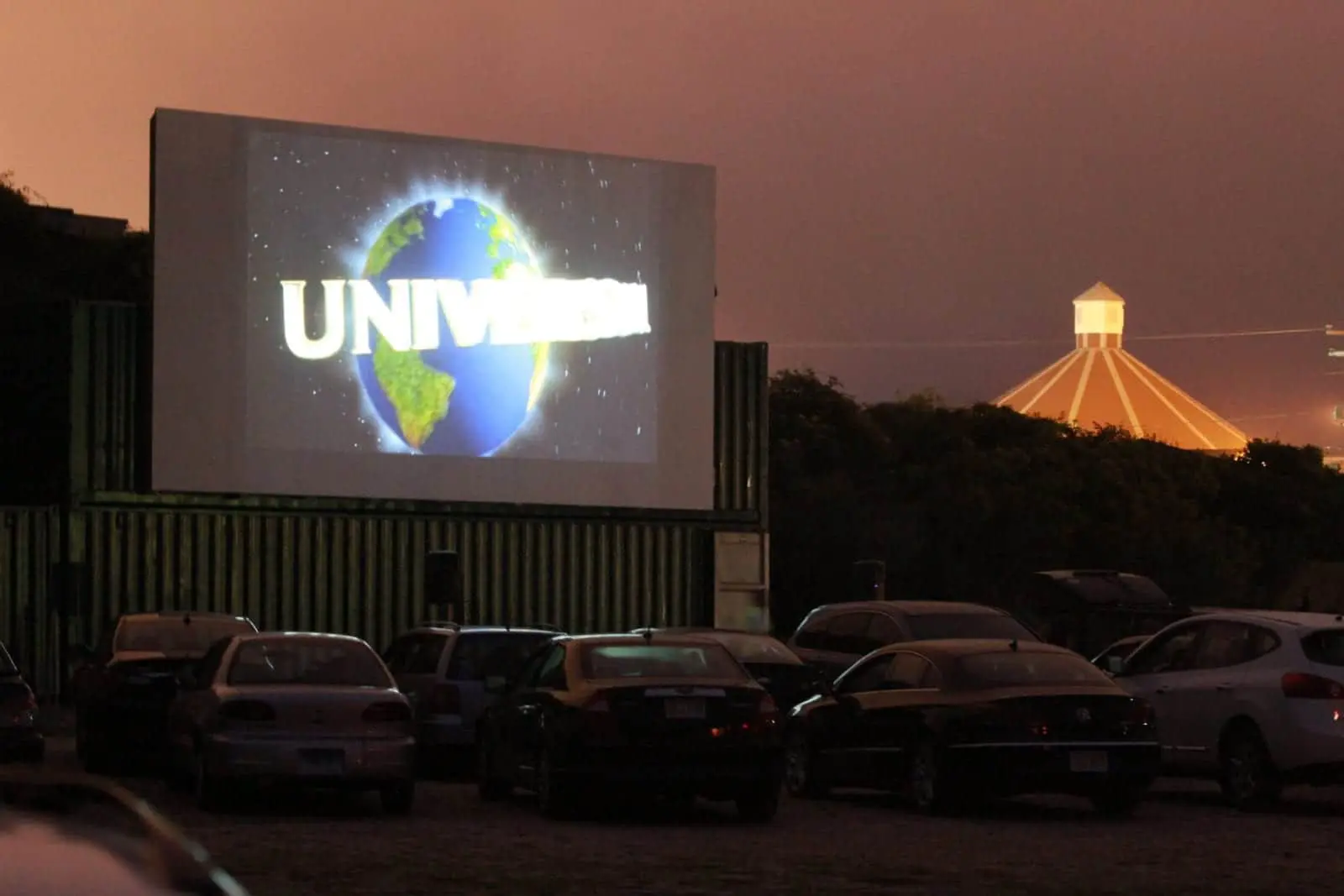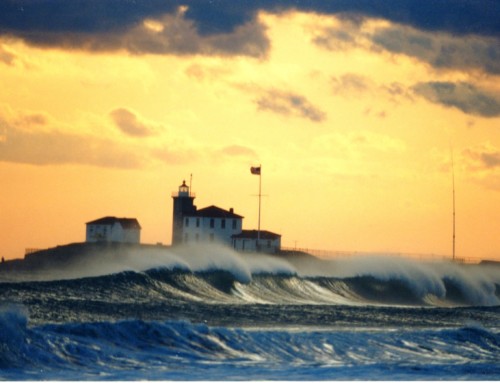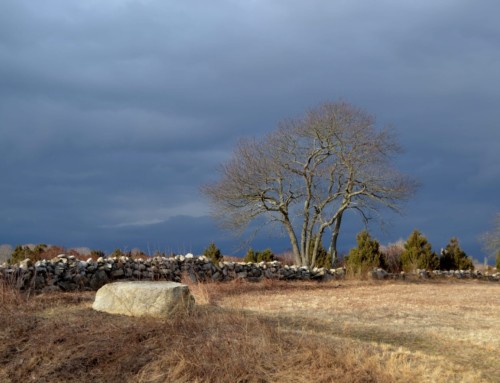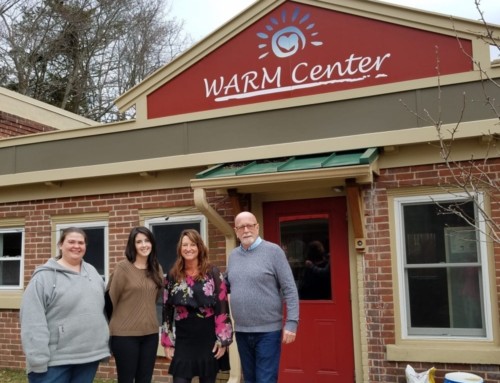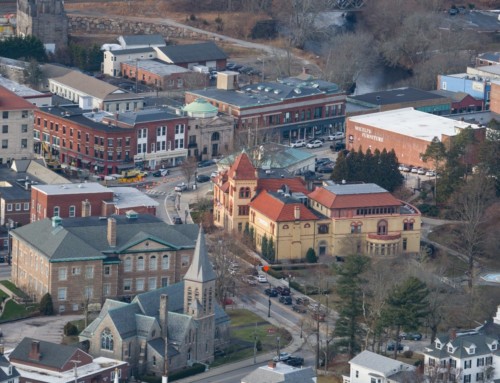John Gonzales, known as Gonzo, was feeling nostalgic one night about the Westerly Drive-In that closed in 1987. He was with Misquamicut Business Association Executive Director Caswell Cooke and said: “We should have a film festival right here at the beach.” He was thinking back to when he was a teenager and would sneak friends into the movie in the trunk of his car.
“They charged by the person and the cars were big. I could fit three people in my trunk,” he recalled.
Caswell also remembered the Westerly Drive-In: “My family’s property backed up to the drive-in. I would stand out there waiting for the school bus in front of the huge dilapidated screen, and thought, it’s too bad the past is already gone before I can experience it.”
Those memories sparked the idea and the Misquamicut Drive-In was born.
Drive-in theatres are an American phenomenon and after WWII they sprang up all over the rural landscape of the country bringing Hollywood to the people. The first drive-in was patented on June 6, 1933 by Richard Hollingshead in New Jersey. He created it as a solution for people unable to comfortably fit into smaller movie theatre seats. Hoping this would appeal to families with children, Hollingshead advertised his drive-in as a place where “the whole family is welcome, regardless of how noisy the children are.” Drive-in theatres reached their peak in 1951 with 4,151 nationwide.
The success of the drive-in was rooted in its reputation of being a family-friendly place. Parents were able to bring their children to the theater, often in pajamas, without having to worry about bothering other movie-goers, and were also able to spend time together without paying the expenses of babysitters. Drive-ins catered to their known audience, offering luxuries such as bottle warmers and diaper vending machines, and later miniature golf courses, swimming pools, and even motels on the land with windows facing the screens so that viewers could watch the films from their beds. During the 1950s, the greater privacy afforded to patrons gave drive-ins a reputation as immoral, and they were labeled “passion pits” in the media.
One of the largest drive-in theaters was the Johnny All-Weather Drive-In in Copiague, New York. Covering over 29 acres, it could park 2,500 vehicles. It had a full-service restaurant with seating on the roof, and a trolley system to take children and adults to a playground and a large indoor theater for bad weather or for those who wanted to watch in air-conditioned comfort. It opened in 1957 with Deborah Kerr in Heaven Knows, Mr. Allison, and closed in 1984. The largest screen size was 54 feet high by 120 feet wide. That’s a big screen.
But by the late 1960’s drive-in theatres started to decline in popularity. People were watching a new medium called television which you could watch from the comfort of your home. Drive-ins were seasonal and weather dependent, nobody was going to an outdoor theatre in the rain or snow. As operating costs and property taxes rose the drive-in’s profitability declined. Where there was once over 4,000 theaters nationwide now there are less than 320. Rhode Island hosted one of the first 10 drive-ins to be opened in America, the Providence Drive-In that opened in July 1937. During the peak of the drive-in’s popularity, Rhode Island had 15 drive-ins. Today just two remain the Traditional Rustic Tri-View Drive-In in North Smithfield and the Misquamicut Drive-In.
So Caswell and Gonzo made the decision to try and build a drive-in, the question was how to go about it. The Misquamicut Drive-In was a shoestring operation from the start. George Tattersall, president of the Misquamicut Business Association at the time, came up with the ingenious idea for building the supports for the screen out of 40-foot cargo containers which were also needed for storing the Fall Festival equipment. He proposed stacking them up and welding them together to support the screen.
“The problem was we had to make it removable,” said George. “We didn’t know if it was going to work and if it didn’t we could always sell the containers. It also had to be temporary otherwise you have to get all kinds of permits from the DEM.”
George built the screen out of plywood, attached it to the containers, and painted it white. They were able to get a projector and for the first couple of years projected the movies out of the back of Caswell’s jeep.
In 2010, the drive-in opened on Thursday nights. Before long, word got out and they had a hit.
“It took right off,” said Gonzo. “We showed classic cult movies. At first we had an AM radio transmitter to broadcast the sound but a lot of the newer cars didn’t have AM anymore so we had to get the speakers.”
The first year the drive-in was open only one night a week for eight weeks but now, ten years later, it’s open three nights a week
“Last year, the South County Tourism Council donated a proper projection shed and the audio comes from a low power FM transmitter that you can tune your car radio to. The drive-in gates open at 6 p.m. and the lot holds 100 cars with an overflow lot for 100 more. There are bathrooms and a concession stand that sells hot dogs, candy, popcorn, and Coca Cola products because Coke is one of our main sponsors. We do the little glass bottle Cokes and it’s fun to see kids who don’t know about glass bottles try to figure out how to pop the top off,” said Caswell. “The first hour of the show is a reel that Chris Walsh and I put together that combines famous classic commercials, like the one with Iron Eyes Cody shedding a tear about all the pollution, commercials for local businesses, and fun film clips from the fifties and sixties. Everything is nostalgia and a little bit of a history lesson. We’re trying to enable the kids to experience another era of American culture.”
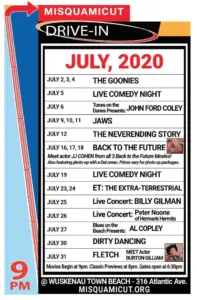
Over the years they’ve found that “Jaws” was hands down the most popular film, the one that everyone loved.
“I could show ‘Jaws’ every week and sell out,” said Caswell, “because it’s a different crowd every week. We have a guy who has a place called The Living Sharks Museum and he brings a ‘Jaws’ photo booth. We have an actual DeLorean that’s made to look like the car in the movie when we do ‘Back to the Future.’ We have a whole group that brings their Jurassic Park Vehicles. We’ll have 15 of them when we show ‘Jurassic Park.’ The Ocean State Ghost Busters group comes when we show ‘Ghost Busters.’ It’s a lot of fun.”
The Misquamicut Drive-In opens at 6 p.m. 3 nights a week, previews start at 8 p.m., and the feature is at 9 p.m.
“A lot of people park then walk across the street to the beach or go eat dinner at one of the restaurants,” said Caswell. “People make a night out of it. It’s nice. You’ll see the back of an RV open and there’s a whole family. They’ve got pillows and blankets and the parents and the kids are snuggling. It’s family time. We need more of that. It’s’ also a bargain at $20 a car and it doesn’t matter how many people you cram in.”
So travel back in time to the Misquamicut Drive-In. It’s a rare, retro throwback to the golden age of cinema and a real old fashioned American blast from the past.
